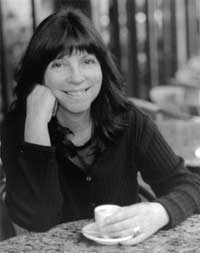
Paris murder mystery author Cara Black has just come out with a new novel “Murder at the Lanterne Rouge.”·. Black lives in San Francisco but comes to Paris frequently to soak up the atmosphere, follow-up on promising leads, and interview anyone she can find – from prostitutes to river workers – that can offer her a glimpse into what really goes on in the dark corners of the city.··She will be back in Paris talking about her new book at The American Library (June 6, 7:30pm). Continue reading “Interview with Cara Black”


 Paris’ Musée Carnavalet, devoted to all things Parisian, hosts an exhibition of 230 photographs by the legendary documentary photographer Eugène Atget (until July 29, 2012). This exceptional exhibition of Atjet prints, glass negatives and albums made between 1898 and 1927 brings together collections from the Carnavalet Museum, supplemented by Atjet photos purchased by Man Ray currently at the George Eastman House in Rochester and pictures from the Madrid Fundacion Mapfre collection.
Paris’ Musée Carnavalet, devoted to all things Parisian, hosts an exhibition of 230 photographs by the legendary documentary photographer Eugène Atget (until July 29, 2012). This exceptional exhibition of Atjet prints, glass negatives and albums made between 1898 and 1927 brings together collections from the Carnavalet Museum, supplemented by Atjet photos purchased by Man Ray currently at the George Eastman House in Rochester and pictures from the Madrid Fundacion Mapfre collection. 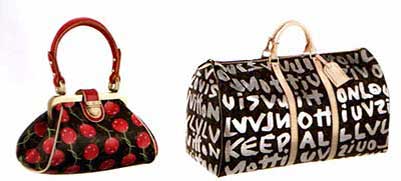
 A Paris retrospective exhibition (until June 17, 2012) revisits the provocative, erotically charged photos of the German-Australian fashion photographer Helmut Newton. His pictures, marked by erotic, stylized scenes, often with sado-masochistic subtexts appearing in such magazines as Vogue and Harper’s Bazar, redefined fashion photography.
A Paris retrospective exhibition (until June 17, 2012) revisits the provocative, erotically charged photos of the German-Australian fashion photographer Helmut Newton. His pictures, marked by erotic, stylized scenes, often with sado-masochistic subtexts appearing in such magazines as Vogue and Harper’s Bazar, redefined fashion photography. 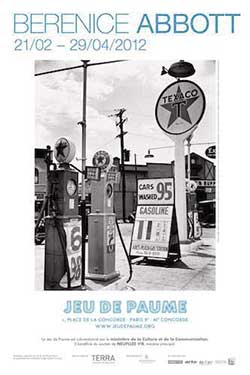 Documentary photographer Berenice Abbott (1898-1991), best known for her black and white photographs of New York City architecture, is featured with a retrospective exhibition of her work at Paris’ Jeu de Paume. With over 120 black and white photographs, plus a selection of books and documents never shown before, this is the first exhibition in France to cover the many aspects of her work.
Documentary photographer Berenice Abbott (1898-1991), best known for her black and white photographs of New York City architecture, is featured with a retrospective exhibition of her work at Paris’ Jeu de Paume. With over 120 black and white photographs, plus a selection of books and documents never shown before, this is the first exhibition in France to cover the many aspects of her work.  “Paris-Chien: adventures of an ex-pat dog,” a charming and engaging new book by Jackie Clark Mancuso, tells the tale of a Norwich Terrier’s year in Paris. From home sickness to French lessons to the struggle to make Parisian friends this book carries a message for children about how to cope with change in their lives. With a number of French words in the text, the book is a light intro to the language. Illustrated with colorful gouache paintings of Paris streets, parks, markets and cafes, the story will entertain children (and adults) who like dogs and Paris. “Paris-Chien” is Mancuso’s first book. You can visit her illustration website at
“Paris-Chien: adventures of an ex-pat dog,” a charming and engaging new book by Jackie Clark Mancuso, tells the tale of a Norwich Terrier’s year in Paris. From home sickness to French lessons to the struggle to make Parisian friends this book carries a message for children about how to cope with change in their lives. With a number of French words in the text, the book is a light intro to the language. Illustrated with colorful gouache paintings of Paris streets, parks, markets and cafes, the story will entertain children (and adults) who like dogs and Paris. “Paris-Chien” is Mancuso’s first book. You can visit her illustration website at 
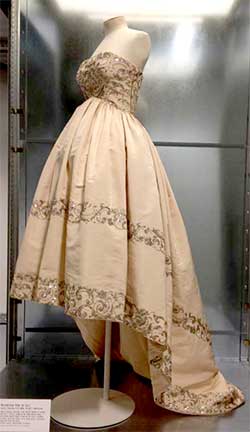
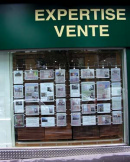 Excerpted from
Excerpted from  Your success or failure in finding a suitable rental property depends on many factors, not least the type of rental you’re seeking (a one-bedroom apartment is easier to find than a four-bedroom detached house), how much you want to pay and the area. France has a strong rental market in most areas, although rural properties are rarely available for long-term rental.
Your success or failure in finding a suitable rental property depends on many factors, not least the type of rental you’re seeking (a one-bedroom apartment is easier to find than a four-bedroom detached house), how much you want to pay and the area. France has a strong rental market in most areas, although rural properties are rarely available for long-term rental. 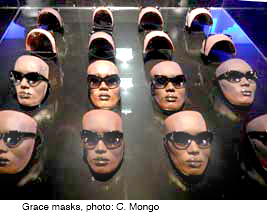 Often, the term “Pygmalion” is used to describe artist, Jean-Paul Goude and the intimate rapport he has with his muses. However, instead of sculpting object of desires out of stone, Goude transforms women with whom he cultivates a relationship into his living, breathing works of mythical art. Call it “Goudemalion,” a term reflected in the Musee des Arts Decoratif’s latest exhibition paying homage to the brilliant mind of image maker/art director, Jean-Paul Goude.
Often, the term “Pygmalion” is used to describe artist, Jean-Paul Goude and the intimate rapport he has with his muses. However, instead of sculpting object of desires out of stone, Goude transforms women with whom he cultivates a relationship into his living, breathing works of mythical art. Call it “Goudemalion,” a term reflected in the Musee des Arts Decoratif’s latest exhibition paying homage to the brilliant mind of image maker/art director, Jean-Paul Goude. 